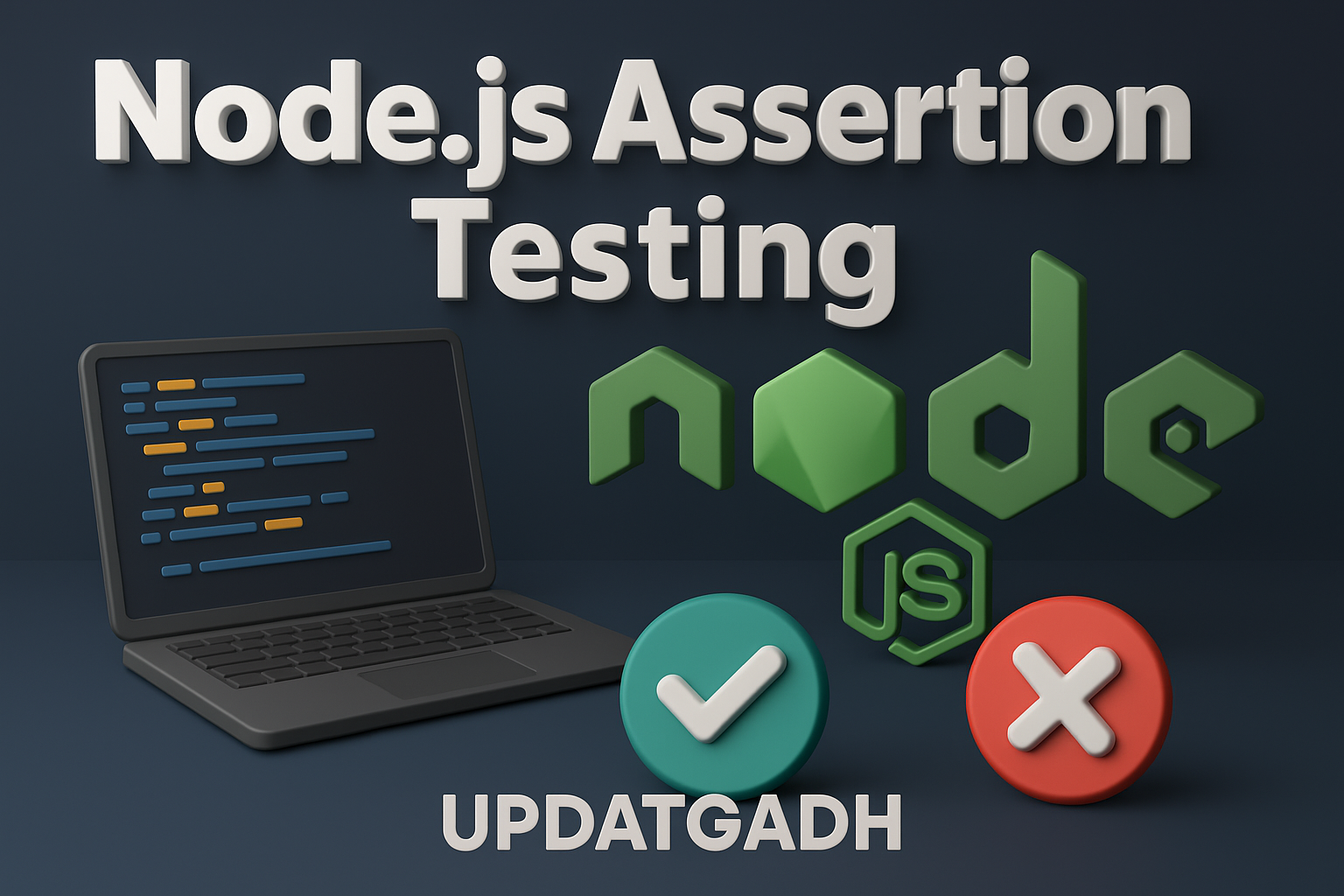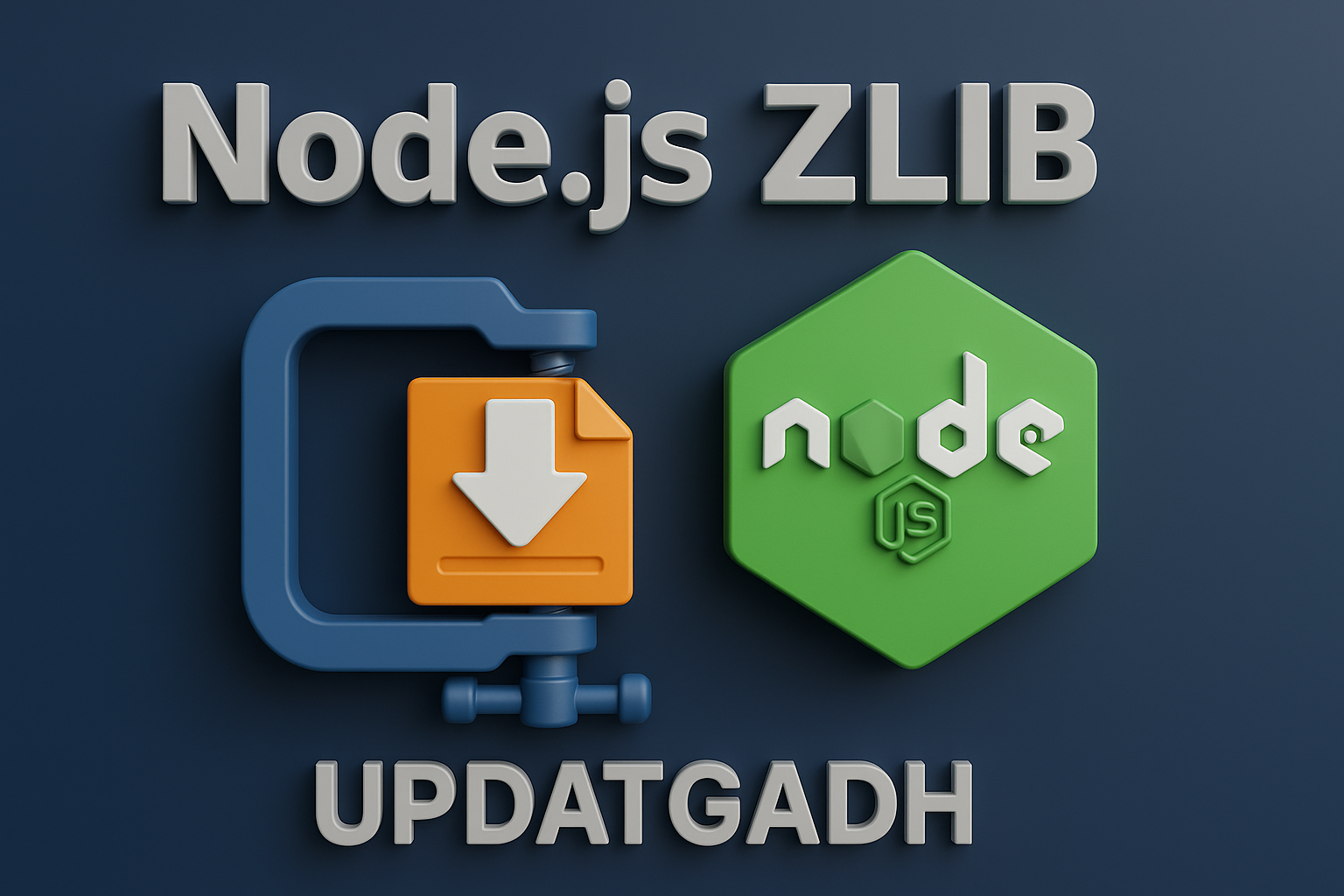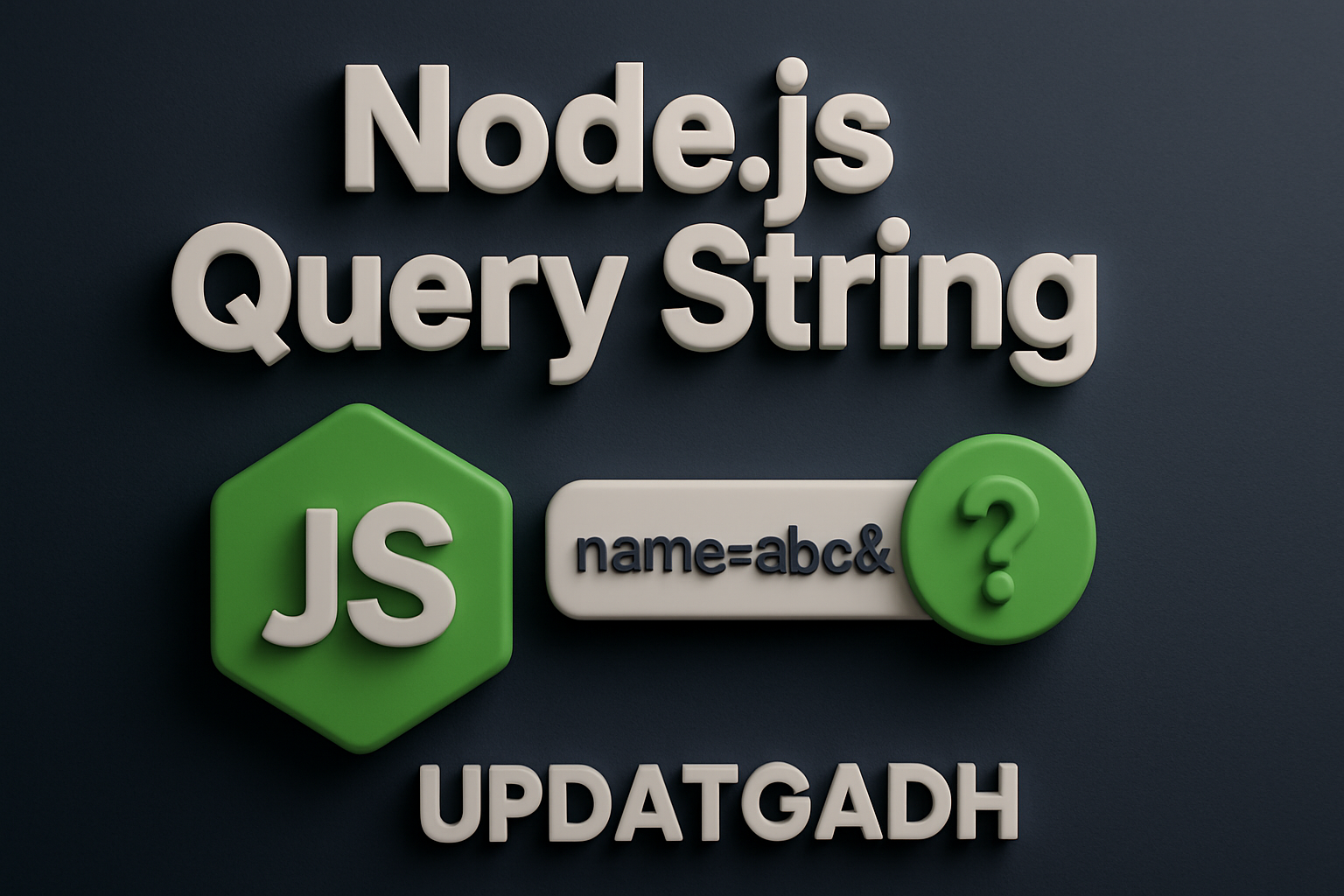
Node.js V8 Engine Explained
Node.js V8
What is V8
V8 is an open-source JavaScript engine developed by the Chromium Project for the Google Chrome web browser. It is written in C++ and designed to execute JavaScript code efficiently. Over time, its performance and reliability have made it a popular choice for several technologies and platforms beyond Chrome — including Couchbase, MongoDB, and Node.js.
Introduction to Applied AI:–Click Here
The V8 engine is responsible for converting JavaScript code into faster machine code instead of interpreting it directly, which significantly enhances execution speed.
Data Science Tutorial:-Click Here
V8 in Node.js
In Node.js, the V8 module provides interfaces and events that are specific to the version of V8 being used. This module enables developers to retrieve detailed information about memory usage and heap statistics in a Node.js application.
To use the V8 module, you must import it using the following command:
const v8 = require('v8');
This built-in module allows access to methods such as v8.getHeapStatistics() and v8.getHeapSpaceStatistics() that are essential for monitoring and optimizing memory usage.
Download New Real Time Projects :–Click here
Example 1: Using v8.getHeapStatistics()
The v8.getHeapStatistics() method provides an overview of the memory heap, including total heap size, used heap size, heap size limit, and total available memory.
File: v8-example1.js
const v8 = require('v8');
console.log(v8.getHeapStatistics());
Output:
When executed, this script prints an object containing detailed memory statistics such as:
Machine Learning Tutorial:–Click Here
total_heap_sizeused_heap_sizeheap_size_limittotal_available_size
This data helps developers understand how much memory is being consumed and how efficiently it’s being managed by V8.
Example 2: Using v8.getHeapSpaceStatistics()
The v8.getHeapSpaceStatistics() method returns an array of objects, each representing different heap spaces used by the V8 engine. These spaces include:
- New space – for newly created objects.
- Old space – for objects that have survived multiple garbage collections.
- Code space – for compiled code.
- Map space – for internal maps.
- Large object space – for objects too large for other spaces.
Complete Advance AI topics:- CLICK HERE
File: v8-example2.js
const v8 = require('v8');
console.log(v8.getHeapSpaceStatistics());
Each object returned includes detailed information such as:
space_namespace_sizespace_used_sizespace_available_sizephysical_space_size
Deep Learning Tutorial:– Click Here
These metrics help developers identify memory distribution across various spaces within the V8 engine.
Memory Limit of V8 in Node.js
By default, the V8 engine imposes a memory limit to ensure stability and prevent excessive memory consumption:
- 512 MB on 32-bit systems
- 1 GB on 64-bit systems
However, you can increase this limit by using the Node.js flag --max-old-space-size.
For example:
node --max-old-space-size=2048 app.js
This sets the maximum memory allocation for the old generation space (in megabytes). The maximum limit can typically reach around 1 GB for 32-bit systems and 1.7 GB for 64-bit systems.
Complete Python Course with Advance topics:-Click Here
If your application frequently hits these limits, it’s recommended to divide workloads into multiple worker processes rather than forcing a single process to handle large memory loads. This approach enhances performance and ensures better memory management.
SQL Tutorial :–Click Here
v8 engine node js
v8 engine javascript
v8 engine github
what is v8 engine
javascript engines
v8 javascript engine architecture
how to use v8 javascript engine
how v8 engine works
node js v8 engine explained w3schools
node js v8 engine explained github
node js v8 engine explained geeksforgeek










Post Comment